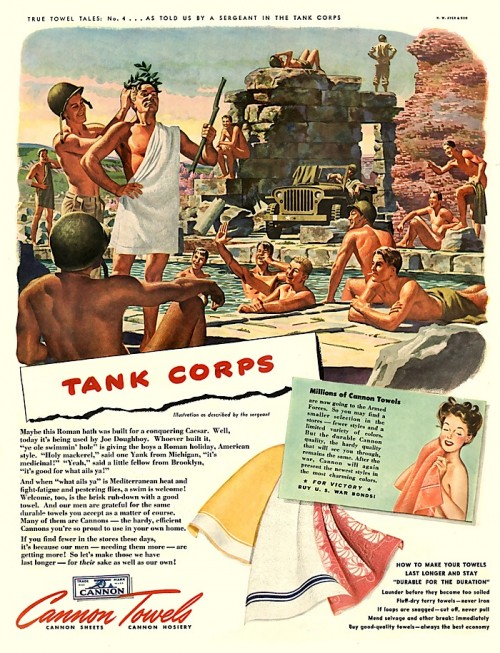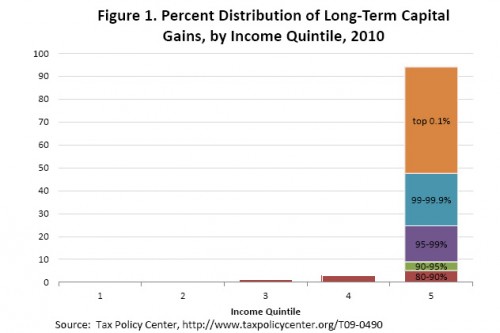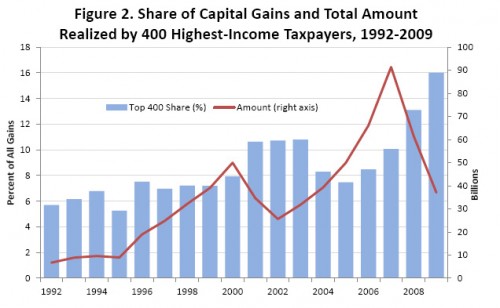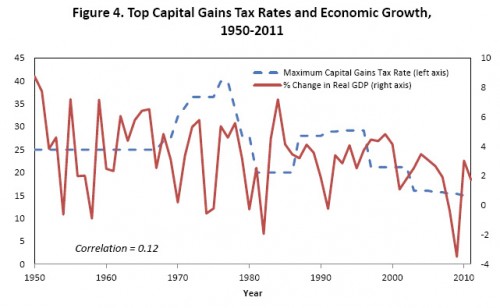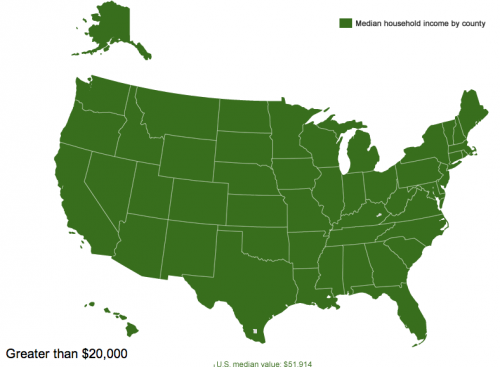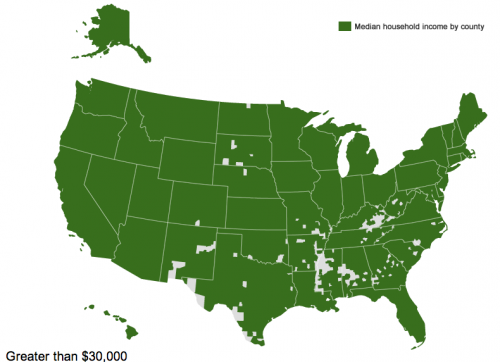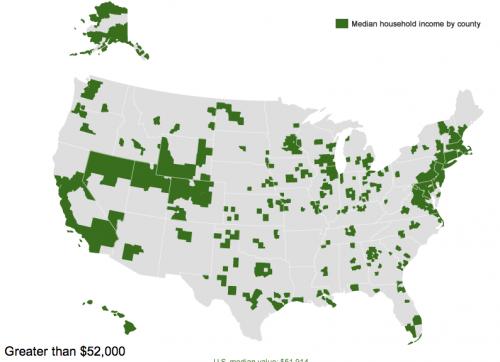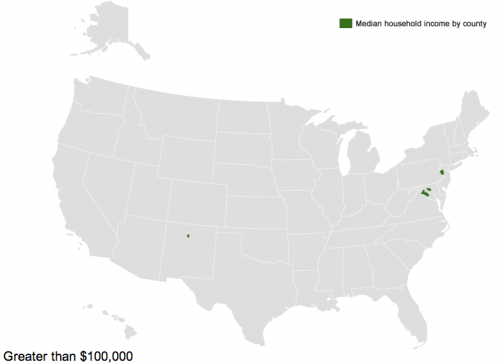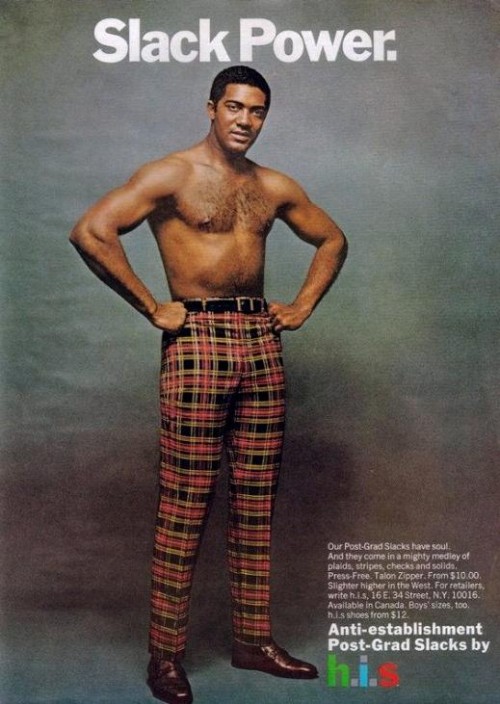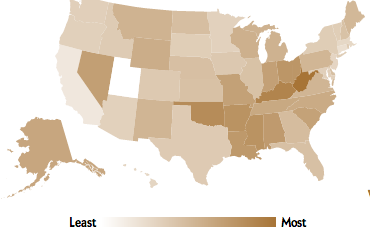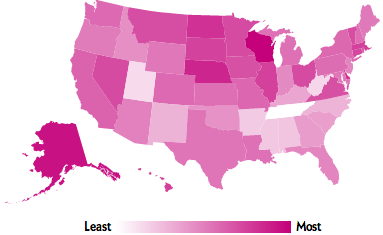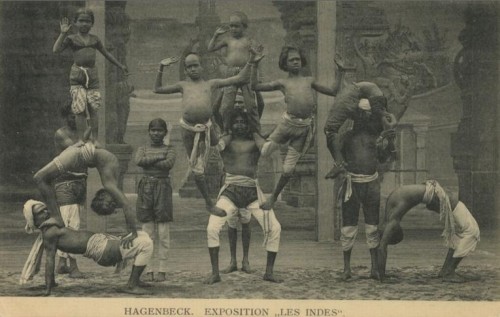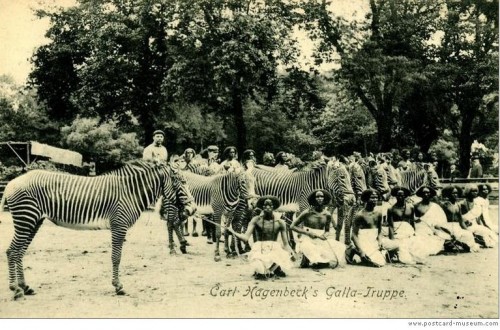We’ve posted before about how our changing collective awareness of homosexuality in the U.S. over the last several decades often leads us to see implicit(or even explicit) gay themes in vintage ads and photos that likely wouldn’t have carried those connotations at the time. My colleague Gregory R. sent in a set of ads from the 1940s for Cannon Towels that perfectly illustrate this. The ads, part of their True Towel Tales campaign, focus on the experiences of U.S. soldiers fighting in various parts of the world during World War II. They seem intensely homoerotic by today’s standards:
Found at Retronaut.
Editor’s Note: This post inspired me to put together a “Before Homosexuality” Pinterest Board. You can see our whole collection there.



